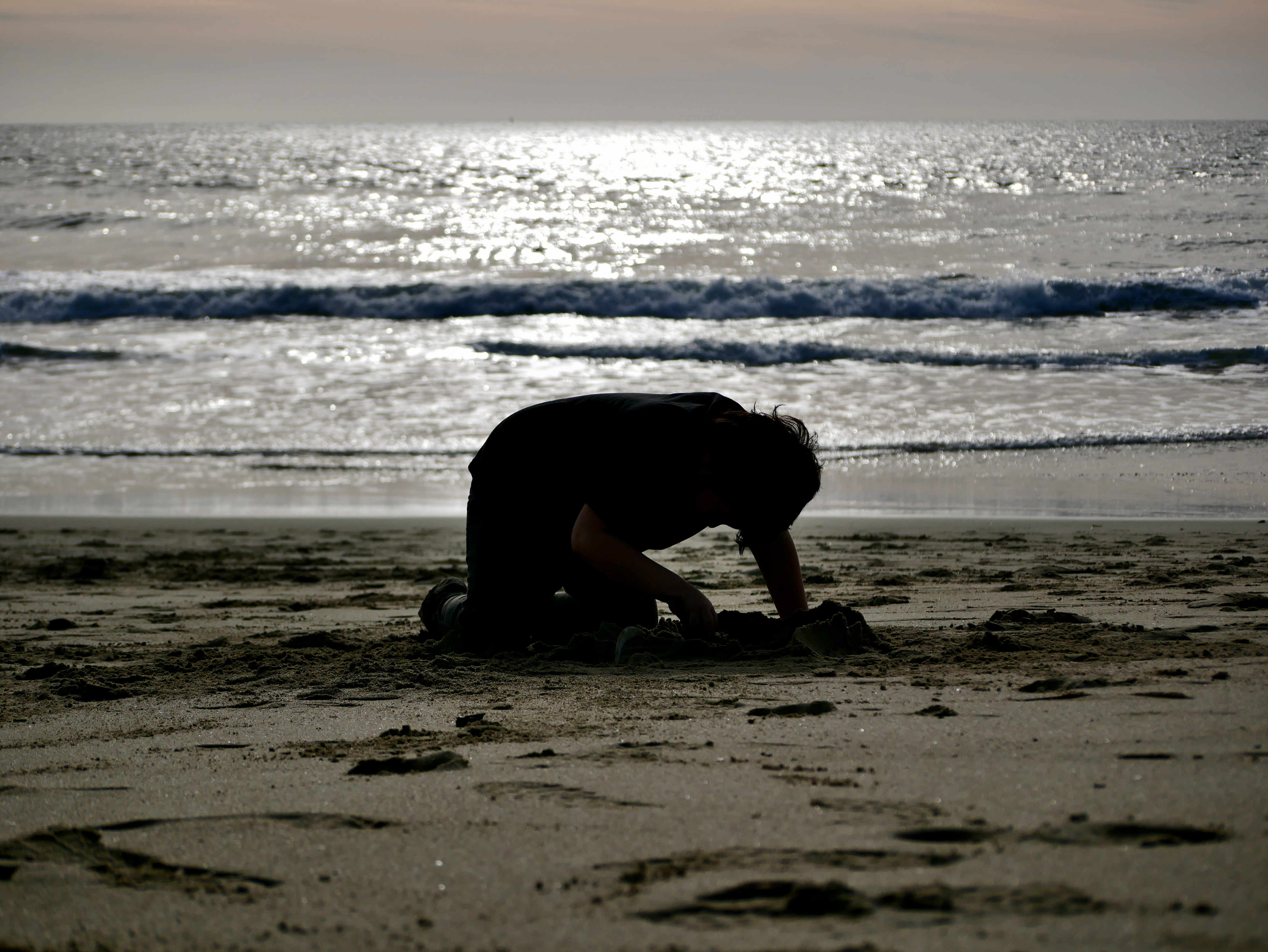As software continues to eat the world, digital systems’ conceptual structures matter more than ever. It’s easy to nudge users towards particular choices by making them more prominent. We can use this power for good or bad.
For example, are we helping people eat healthier? Or addicting them to unnecessary services? Alas, choices aren’t always as clear. And even in “clear” cases, we may not be the best arbiters of “good.” Often, the lines between good and bad are blurry.
For example, some retailers tweak search results towards commercial goals. Is that wrong? It depends. Are customers still seeing relevant results? Will they benefit? Same with navigation: It’s easy to bury “undesirable” choices deep in menus.
I can imagine doing these things to benefit users, but I expect they’re most often done to disempower them. Given the potential for damage, and the relative longevity of structures, we should steer clear of architecting ethically fraught systems.
So, it behooves designers to choose wisely. But these decisions aren’t up to designers alone: stakeholders often have more sway. What to do?
Paul Boag offers three arguments for persuading stakeholders against using dark patterns:
- Consumers can detect manipulation, and they have choices
- Social media amplifies consumers’ voices
- Eventually, there’s a cost to using dark patterns
All three arguments boil down to reframing the organization’s relationship with its customers, from exploitable marks to partners in a long-term relationship. As professional framers, designers play an important role in the shift.
Moreover, the implications of structural “growth hacks” are often unclear to stakeholders. By making possibilities tangible, designers can help stakeholders make choices that better serve the business and its customers.
Instead of “fighting for the users,” designers should aim for a more humane balance of the forces that tug projects in different directions. This requires that designers think of ourselves as strategic partners — engaged with the organization’s goals and approaches — rather than as activists pushing to counter stakeholder directions.
Designers have much to contribute. But stakeholders won’t engage meaningfully if they see design as a thorn in their side. Doing good work requires that designers outgrow naive expectations of design to become more effectual partners for change.
A version of this post first appeared in my newsletter. Subscribe to receive posts like this in your inbox every other Sunday.
